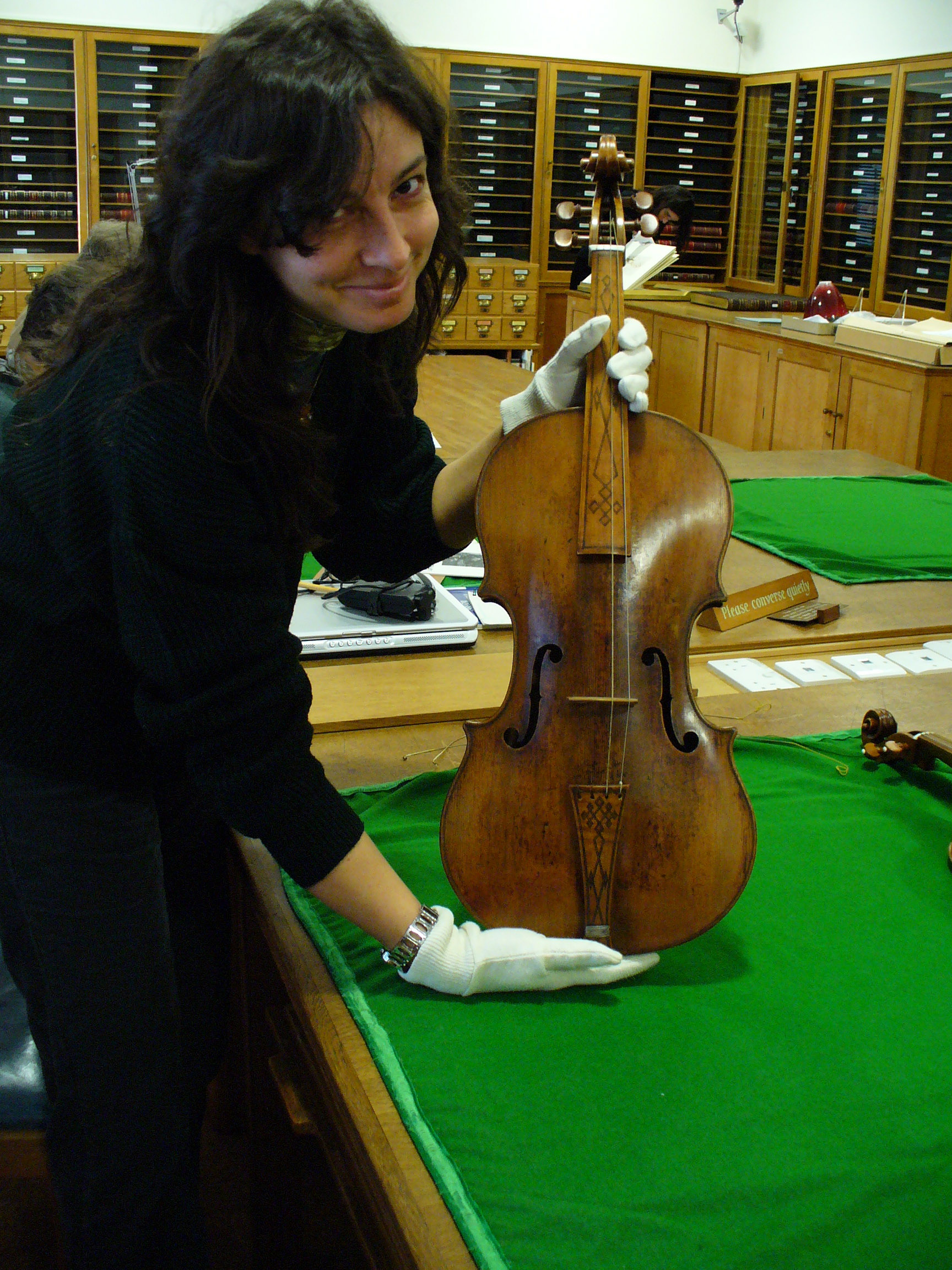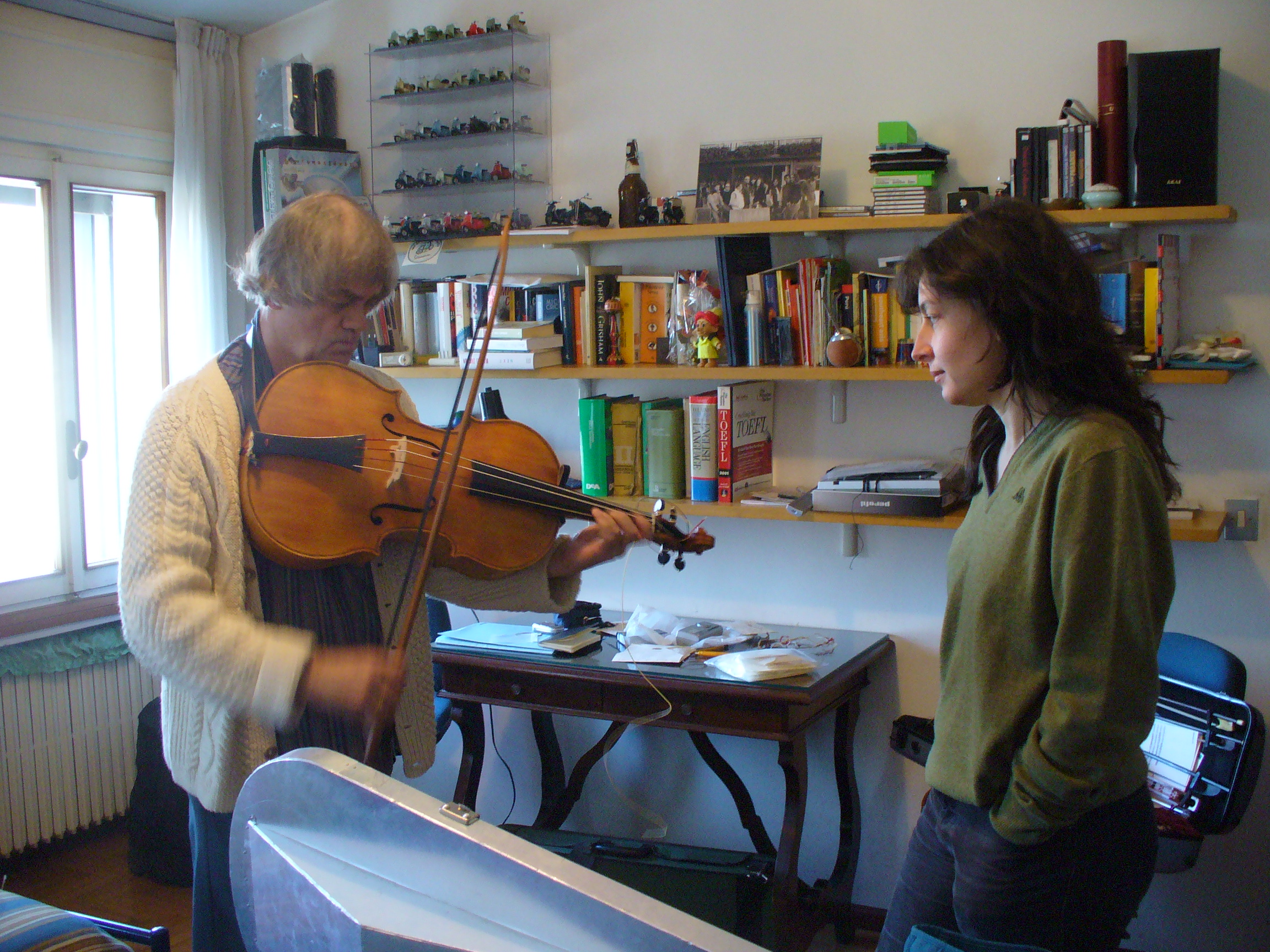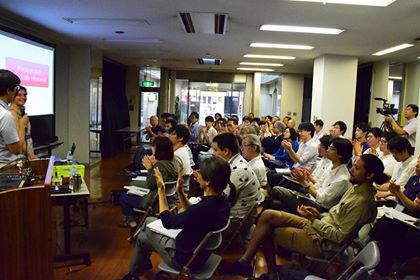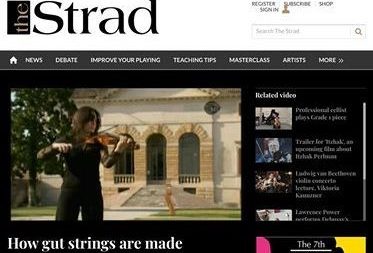Can I put Gut strings on my modern violin? Yes, of course you can! …and I believe both your violin and your playing will get a big advantage from this. Gut strings in fact will reveal you a new voice. I am speaking about the paste of the voice as well as of course articulation and phrasing. When (and
Gut Strings Expert ready to help!

Informed practice with the correct strings
You play music from the past
...but what about if the strings you use were still to be invented?
Wouldn't it be nice, just to KNOW?
I have prepared a pdf to bring the changes in strings history under your eyes.
Just click on the YES button to get your FREE download!
Thank you so much for your strings tips. I am amazed at how easy it was to change a gut string on a viol!! I used three of your videos and I did it! You give out so much fantastic informations for free. Thanks to you, we will have much better educated musicians, and in the end it's the music that profits. Thank you.
Kate Walpole
Freelance Baroque Bassoonist, Teacher at UWA and WAAPA, Amateur cellist
Perth, Australia

The passionate interest of Daniela Gaidano for the world of authentic stringing, and her study and investigations in that field, have impressed me since the time I met her. It is important for today's musicians using period instruments, to be well informed about the different historic possibilities and best solutions for the instrument they use - I do not hesitate to recommend Daniela's knowledge and help to anyone who wants serious basis to refer to.
Sigiswald Kuijken
Artistic Director of La Petite Bande.
Honorary Professor at The Hague and Brussels Royal Conservatories,
The Nederlands

Working with Daniela is essential not only for musician and luthier who long to find a relevant historical performance but also for every musician and luthier because understanding the reality of the gut string from her advice could change your attitude of the performance and making forever.
Takumi Takakura
Violin Maker.
Director at Takumi Violin Making School, Hannou (Saitama prefecture).
Formerly Teacher at Shimamura Music Techical Academy,
Tokyo, Japan

From the Gut Strings Guru Blog:
Listen to the sound of your strings before even using them! Described from Marin Mersenne in Harmonie Universelle (1636), this test is used by string-makers to check if the string is even or false, by watching if the fuse of the string is regular or not. But there’s something more for a sensible musician: try
(Warning: don’t do this with wound strings!) Concerned about the short life of your strings? Do your strings get hairy in minutes in the summer? Your strings could last much longer, you need only some olive oil, and some time…. It may seem complicated, especially if you are always touring and you are never at home… but think for
Want more?

Ashmolean Museum - Oxford
Amati Charles IX

With Sigiswald Kuijken
setting up a new Cello da Spalla

Lecture in Tokyo 2018

The Strad homepage sharing a BBC video on gut strings
As a musicologist, I usually accept writings and books published on the Internet with a great amount of scepticism.
Many people is able to write an exciting book, but in a topic like the one Daniela Gaidano has chosen, it is important for the author not to rely on his imagination, intuition, or preconception, but to build his own story using only verifiable, factual data.
Fortunately, after reading the book, all my bad feelings were dispelled. Ms. Gaidano’s writing is an accurate, concise summary of everything you need to know about the history of the strings used on the violin family instruments. Although some of the information were known to me, there were many new data, which I was happy to learn.
Being a violinist, I liked most the chapter entitled as “Brief historical overview of the evolution of violin strings from the mid 1600s to the late 1900s”. I found it very refreshing and revealing, that the evolution of the four different strings are told separately and not together.
I liked also the “The string makers of the Abruzzo region” (although I would have liked to read about string productions in other regions), and I enjoyed the rich illustration.
As a last bonus, I found the tables useful, because they summarise the essence of the book in four easy-to-understand illustration.
This is finally a book that can be recommended with a good heart for anyone interested in the subject - be it a performer, a teacher or a scholar.
Zsombor Németh
Baroque violinist & Artistic leader @ Simplicissimus Ensemble
Musicologist @ Institute of Musicology, Research Centre for the Humanities (Budapest, Hungary)

Well-researched and appropriately illustrated, it is as concise as it is elucidating
Many books deal with string players and their instruments but few discuss the significance of the strings themselves. Daniela Gaidano’s precious book provides an excellent introduction into the history and development of musical strings.
Well-researched and appropriately illustrated, it is as concise as it is elucidating. Musicians and non-musicians alike will learn much from her contribution to the pertinent literature. As a layman, I found the tables on the historical stringing of the various instruments particularly enlightening.
Uri M. Kupferschmidt
Author of Strings and Celebrities: Hakkert’s “First Dutch Stringmakers” (Haifa: Pardes Publishing 2019)
Haifa, Israel

Daniela Gaidano is very thorough and enthusiastic researcher in the world of early stringed instruments. Her endeavours have included visiting elderly string makers in remote areas to preserve memories of the old ways of string making, archival research, and long practical experience with Aquila strings, recognised throughout the world as leading pioneers in the struggle to recover the lost sounds of the old instruments
Chris Goodwin
Secretary, The Lute Society
Great Britain

Daniela Gaidano's book "Evolution of Strings in the Violin Family" is a treasure trove! The combination of historical facts and her years of experience as a sought-after string maker turns this book into a fascinating read and an indispensable part of any dedicated library on performance practice on original instruments!
Philipp von Steinaecker
Conductor.
Artistic Director of Mahler Academy Bolzano.
Germany

I met Daniela many years ago when she was a student of baroque viola. I was very pleased to share her sensibility and competence about making and using gut strings. Her passion is driven by the desire of empowering artists with more freedom of expression through a deeper knowledge of their tools, being the strings among this tools.
Enrico Onofri
Violinist, Conductor, Teacher
Italy





